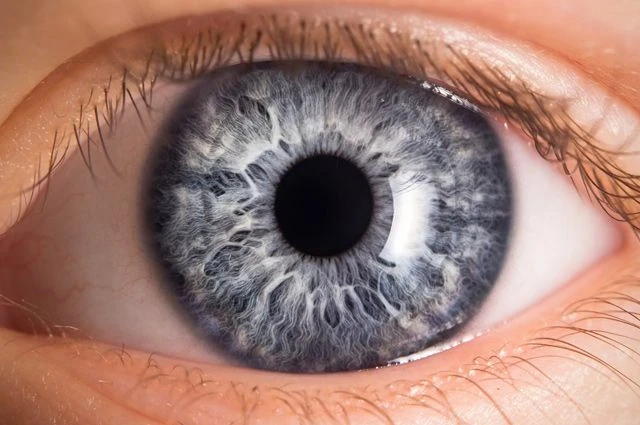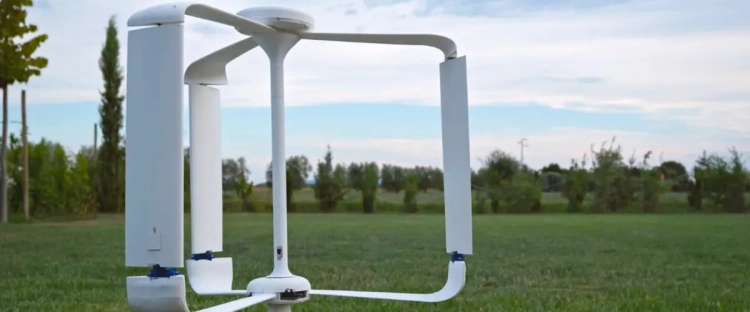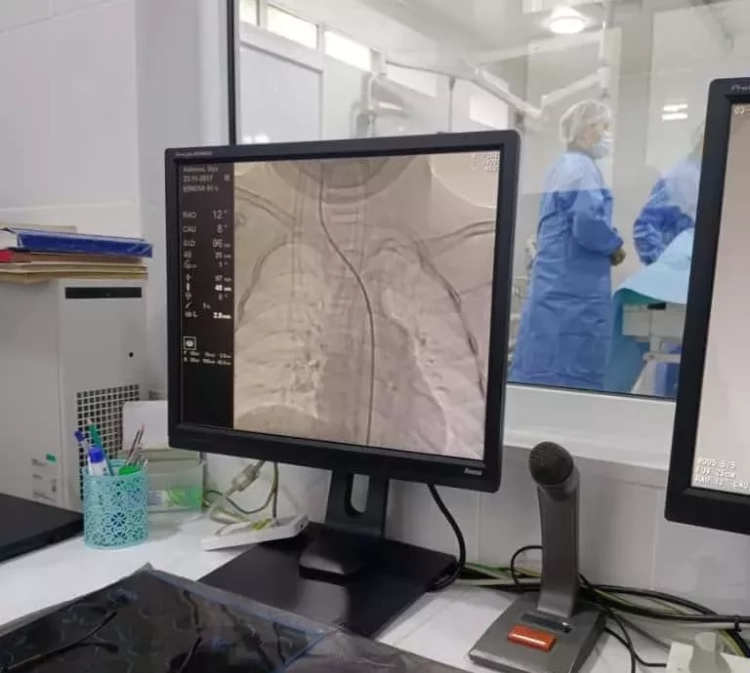
The PRIMA microchip has become the first device in the world to prove its effectiveness in treating AMD. This condition, also known as age-related macular degeneration, is a chronic and progressive disease that affects the central part of the retina—the macula—necessary for sharp central vision. AMD typically develops in older adults, gradually depriving them of the ability to read and recognize faces.
In the clinical trial, 32 individuals with a visual acuity of 1.2 logMAR participated, which corresponds to severe visual impairment or a state close to blindness. In comparison, normal visual acuity is 0 logMAR, which allows individuals to easily read letters on a standard eye chart from a distance of 5-6 meters. As a result of using the PRIMA device, 81% of patients demonstrated significant improvement in vision. 26 trial participants were able to distinguish letters and numbers again, and tests using special charts showed that on average they could read five more lines than before implantation.
The PRIMA system consists of glasses with a camera and a micro-implant measuring just 2 by 2 mm. The camera captures surrounding images and transmits them to the implant, which converts light signals into electrical impulses sent to the brain, allowing the patient to see. The implantation procedure takes less than two hours. In the coming years, the developers plan to bring this significant technology to market, making it available to patients in need.

































